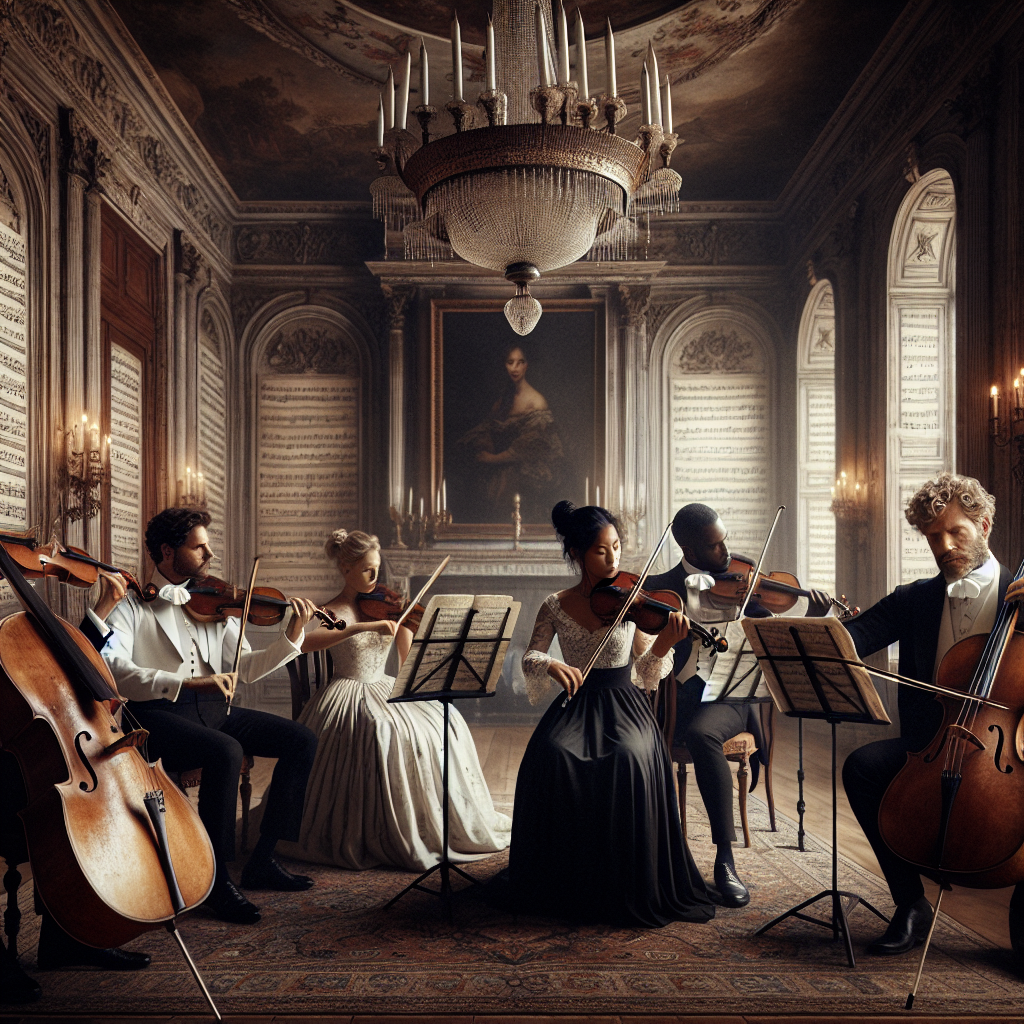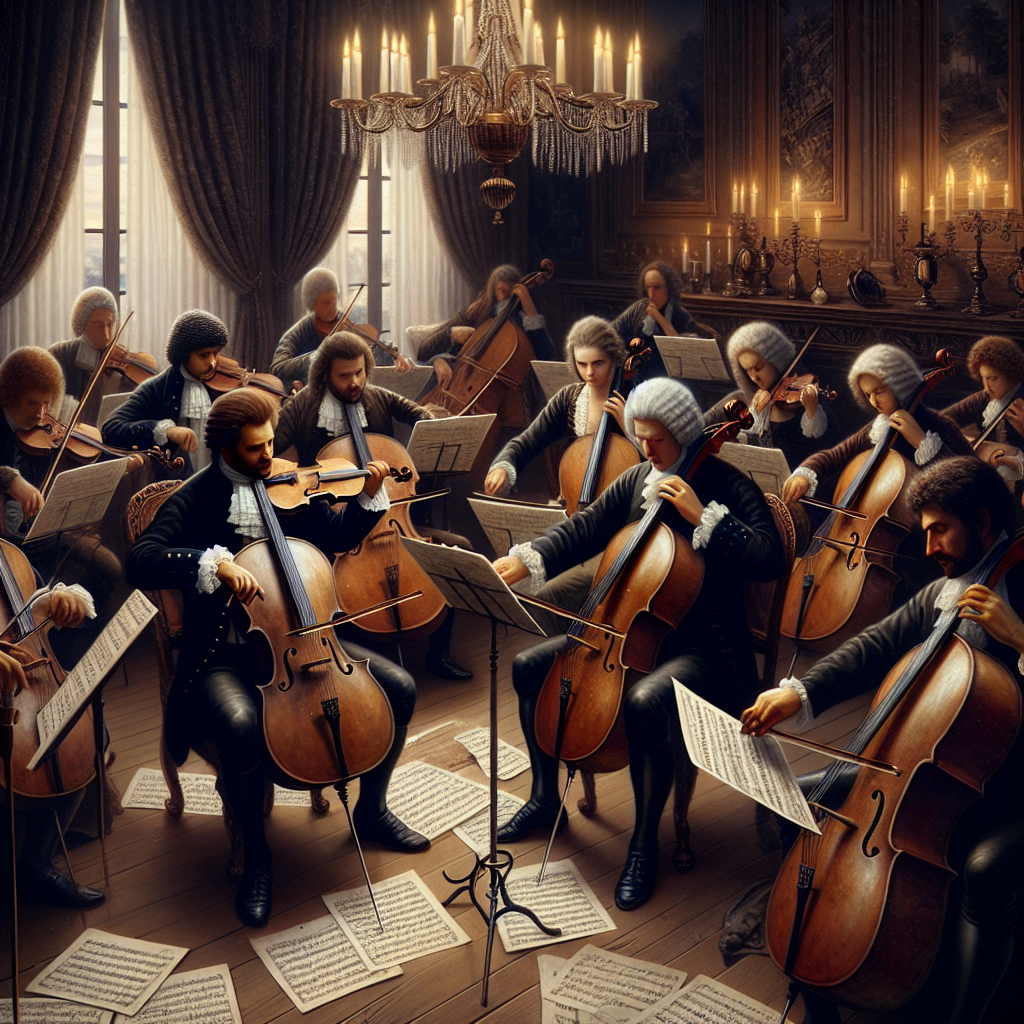Classical music conducting is the art and science of leading a group of musicians and the ensemble of sounds they create. It is a fascinating discipline that combines musical knowledge, interpreting skills, and leadership abilities. The conductor’s role goes beyond maintaining tempo and ensuring harmonic balance; she or he is also an interpreter, a guide, and a teacher. This article delves into the intricate world of classical music conducting, exploring both its artistic and scientific aspects.
The Art of Conducting
Classical music conducting, at its core, is an art form. A conductor does more than just read sheet music; they bring it to life. They interpret the composer’s intentions, adding their own touch to the music. The conductor must grasp the emotional essence of a piece of music and translate it into precise, meaningful gestures that guide the orchestra.
Different conductors can interpret the same piece of music differently, giving it unique spins. This interpretive variance makes conducting an immensely creative and expressive discipline. Moreover, conducting calls for a deep understanding of the historical tradition of classical music, sharp critical judgment, as well as an aptitude for communication and personnel management.
The Science of Conducting
Parallel to the artistic components, conducting also requires a strong scientific foundation. At the heart of conducting is the principle of synchrony, the coordination of rhythm and harmony among an orchestra’s musicians. This requires a deep understanding of musical structures and patterns along with the psychological and physiological aspects of how musicians perceive and react to signals.
A conductor has to have a scientific understanding of tempi, beat patterns, gesture dynamics, and the acoustics of different venues. They need to know how to tweak the orchestra’s sound according to hall acoustics, understanding that each venue has its unique sound characteristics. This scientific understanding enhances and magnifies the effects of their artistic decisions.
The Conductor’s Role
A classical music conductor’s role has many layers. They are the leaders who set the vision for the performance. They must be able to motivate and inspire the musicians to bring their best efforts into the collective creation. The conductor needs to be deeply knowledgeable, not only about the music they’re conducting but also about the instruments, the musicians’ capabilities, and the nuances of the composition.
The conductor is also the interpreter of the musical score. They decide on the interpretation of the music based on the composer’s intentions and their understanding of the piece. This requires a deep understanding of music theory, study of the composer’s life and historical context, and an intuitive feel for how a piece should sound.
Conclusion
Classical music conducting is a remarkable blend of art and science. It combines the artistic vision and imaginative interpretation with scientific precision and theoretical understanding. Conductors serve as leaders, interpreters, and teachers, guiding the musicians to achieve a unified and moving performance. Whether viewed from an artistic lens or a scientific angle, classical music conducting is truly a captivating and multifaceted discipline.
FAQs
1. What skills are required for a classical music conductor?
Key skills include an in-depth knowledge of music and music theory, leadership skills, good communication, and understanding the instruments in the orchestra. They must also be able to interpret musical scores and have a good sense of timing and rhythm.
2. Do conductors really influence an orchestra’s performance?
Absolutely. Conductors guide the orchestra’s interpretation of a piece. Their gestures and cues help synchronize the musicians and shape the dynamics, timing, and emotive impact of a performance.
3. Can anyone become a conductor?
While many conductors are accomplished musicians themselves, it’s not necessary. However, extensive knowledge about music, strong leadership skills, and a deep understanding of orchestral music-workings are essential to become a conductor.
4. How does a conductor communicate with the orchestra during a performance?
Conductors use a range of gestures to communicate with the orchestra, such as tempo(speed of the music), dynamics (volume), and cues for entrances or cutoffs. This communication is often done through the movement of the baton or hands.
5. Why are conductors essential in a classical music performance?
Conductors ensure that the orchestra is unified in its timing, rhythm, and interpretation of the music. They serve as guides and interpreters, creating coherence amongst a diverse group of instruments and musicians, which elevates the output from just playing notes to creating powerful, emotive music.




